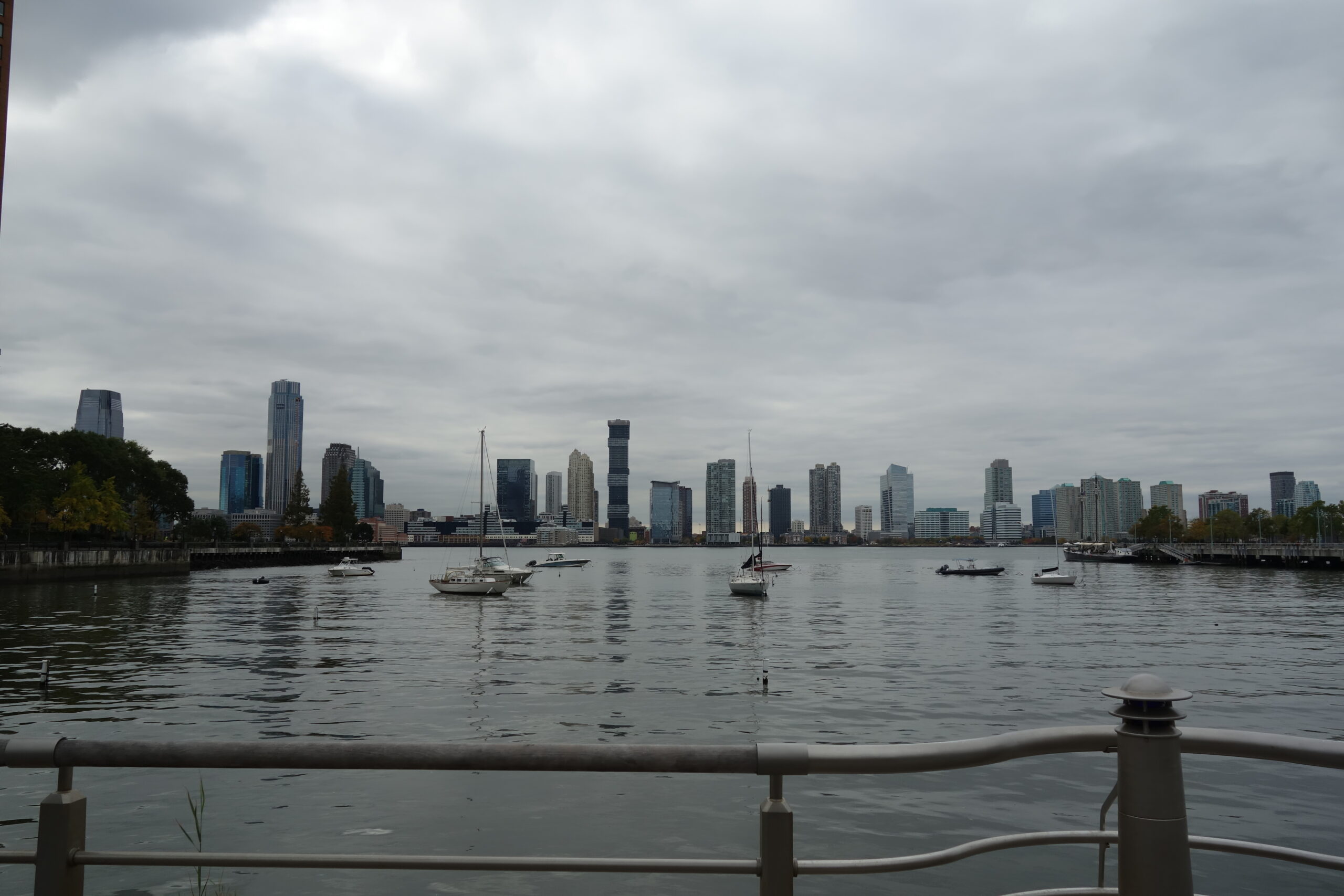Summary

The Hudson River, originating in the Adirondack Mountains, flows approximately 315 miles before emptying into the New York Harbor and the Atlantic Ocean. The river’s connection to the ocean is characterized by a tidal estuary, where fresh water from the river mixes with salt water from the ocean, creating a unique brackish environment. The tidal influence on the Hudson River is significant, with the direction of the river’s flow changing with the tides, and the tidal effects noticeable as far north as Troy, New York, about 150 miles from the Atlantic Ocean.
Does the Hudson River Flow Into the Atlantic Ocean?

Yes, the Hudson River flows into the Atlantic Ocean. The river originates in the Adirondack Mountains and flows south for approximately 315 miles before emptying into the New York Harbor, which leads to the Atlantic Ocean. The Hudson River’s mouth is located between New York City and Jersey City, where it drains into the Atlantic Ocean.
The geographical and hydrological connection between the Hudson River and the Atlantic Ocean is characterized by a tidal estuary, which extends from the Troy Dam to the Atlantic Ocean, covering approximately 153 miles of the river. This estuary is a mixing zone where fresh water from the river and salt water from the ocean combine, creating a brackish environment.
How Far Up the Hudson River Do Ocean Tides Affect the Flow?
Ocean tides affect the flow of the Hudson River significantly, with tidal influences noticeable as far north as Troy, New York, which is approximately 150 miles north of New York City. The tidal action is so pronounced that the direction of the river’s flow changes with the tides, earning it the Native American name “Muhheakantuck,” meaning “the river that flows two ways”.
The tidal effects are particularly noticeable during high and low tides, which cause the river’s flow to change direction. This unique flow pattern is due to the river’s gradual slope, which allows the tidal action to extend far upstream. The tidal influence also affects the river’s salinity, with salt water entering the river during high tide and fresh water flowing in from the north.
What is the Name Given by Native Americans to the Hudson River Due to Its Unique Flow?
The Native Americans named the Hudson River “Muhheakantuck,” which means “the river that flows two ways.” This name reflects the river’s unique tidal flow pattern, where the direction of the flow changes with the tides. The name is significant because it highlights the river’s connection to the ocean and its tidal influences, which have played a crucial role in shaping the river’s ecosystem and supporting a diverse range of marine life.
Historically, the Hudson River has been an important cultural and economic hub for Native American communities, who relied on the river for fishing, transportation, and trade. The river’s unique flow pattern has also made it an attractive location for human settlement and economic activity, with many cities and towns developing along its banks.
References
-
HVH2O. (2019). The Hudson Is Not a River. Retrieved from https://www.hvh2o.org/the-hudson-is-not-a-river/
-
Center for the Urban River. (n.d.). The Hudson River. Retrieved from https://www.centerfortheurbanriver.org/river/
-
Cary Institute of Ecosystem Studies. (n.d.). Hudson River Geography. Retrieved from https://www.caryinstitute.org/sites/default/files/public/downloads/curriculum-project/1A1_Hudson_River_Geography_reading.pdf.
